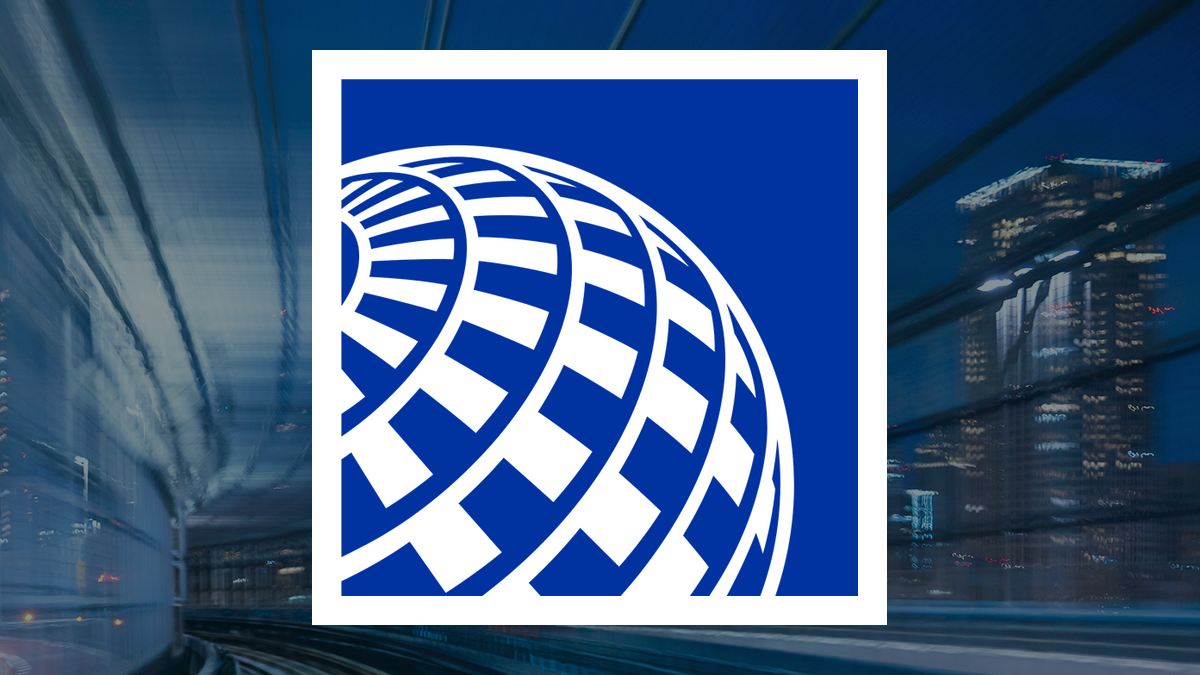 United Airlines Holdings, Inc. and its subsidiary, United Airlines, Inc., have seen consistent growth in passenger revenue and operating expenses, mainly attributed to increased flight activity and inflationary pressures. Management is implementing the United Next plan to tackle operational challenges and market trends, despite risks like fuel price volatility and economic downturns. Key performance metrics indicate positive ROI and market share dominance. Risks include competition, inflation, and regulatory compliance costs. The company’s forward-looking guidance focuses on addressing challenges while capitalizing on growth opportunities through the United Next plan, showcasing a dedication to long-term success.
United Airlines Holdings, Inc. and its subsidiary, United Airlines, Inc., have seen consistent growth in passenger revenue and operating expenses, mainly attributed to increased flight activity and inflationary pressures. Management is implementing the United Next plan to tackle operational challenges and market trends, despite risks like fuel price volatility and economic downturns. Key performance metrics indicate positive ROI and market share dominance. Risks include competition, inflation, and regulatory compliance costs. The company’s forward-looking guidance focuses on addressing challenges while capitalizing on growth opportunities through the United Next plan, showcasing a dedication to long-term success.
Executive Summary
Financials
Passenger revenue has consistently increased over the past three years, driven by a rise in capacity and yield. Other operating revenue has also shown growth, mainly due to increased mileage revenue from non-airline partners and higher sales of United Club memberships and passes. Operating expenses increased by $334 million, mainly due to higher flight activity and inflationary pressures. Costs related to information technology, food and beverage, passenger services, personnel, and ground handling also contributed to the rise. There are no significant changes in cost structures mentioned. The company’s net income margin decreased from $124 to $194, indicating a decline. It is unclear how this compares to industry peers based on the given information.
Management Discussion and Analysis
Management has undertaken the United Next plan to drive growth, focusing on scale expansion. Key initiatives include addressing operational challenges, managing inflation pressures, and monitoring market trends. The success of these initiatives is uncertain due to potential economic downturns and industry-specific risks. Management assesses the company’s competitive position by considering industry-specific factors like routes, fares, and customer service. They highlight potential disruptions such as inflation, labor constraints, fuel prices, and economic conditions impacting demand for air travel. Major risks identified include fuel price volatility, climate change, labor disputes, and technology failures. Mitigation strategies include monitoring demand, adjusting capacity, and maintaining controls for timely SEC disclosure. Management is prepared to adapt to changing conditions.
Key Performance Indicators (KPIs)
Risk Assessment
The top external factors that pose risks to the company’s operations and financial performance include competitive dynamics in the airline industry, rising inflationary pressures, supply chain constraints, volatile fuel prices, high interest rates, geopolitical conflicts, cybersecurity obligations, and regulatory compliance costs. UAL maintains controls and procedures to ensure timely decisions on cybersecurity risks. Management assesses and integrates technology systems effectively to manage data security and privacy obligations. Regular monitoring and adjustments are made to address potential threats in the digital business environment. Yes, legal requirements could impact the company’s financial position. UAL is addressing this by ensuring compliance with FAA oversight, managing regional conflicts, and adapting to changing legal requirements to minimize adverse effects.
Corporate Governance and Sustainability
The report does not mention the composition of the board of directors or any notable changes in leadership or independence. UAL addresses diversity and inclusion through its controls and procedures for timely disclosure. There is a commitment to board diversity, as indicated by the forward-looking statements regarding ESG-related strategy initiatives. The report does not mention any specific sustainability initiatives or ESG metrics. UAL demonstrates its commitment to responsible business practices through controls and procedures for timely disclosure to the SEC.
Forward Guidance
The company’s forward-looking guidance addresses its strategic initiatives by highlighting potential risks such as competition, economic factors, and governmental actions. This helps investors understand the challenges that may affect the company’s financial performance in the future. UAL is factoring in competitive dynamics, global macroeconomic factors, labor market constraints, rising inflation, and fuel price volatility. It plans to capitalize on growth opportunities through its United Next plan, despite potential delays and challenges. The company’s United Next plan and focus on scaling operations indicate a commitment to long-term growth and competitiveness. This includes addressing operational challenges, labor market constraints, fuel prices, and economic conditions to drive future success.
For more information:
This article was created using artificial intelligence technology from Klickanalytics.
